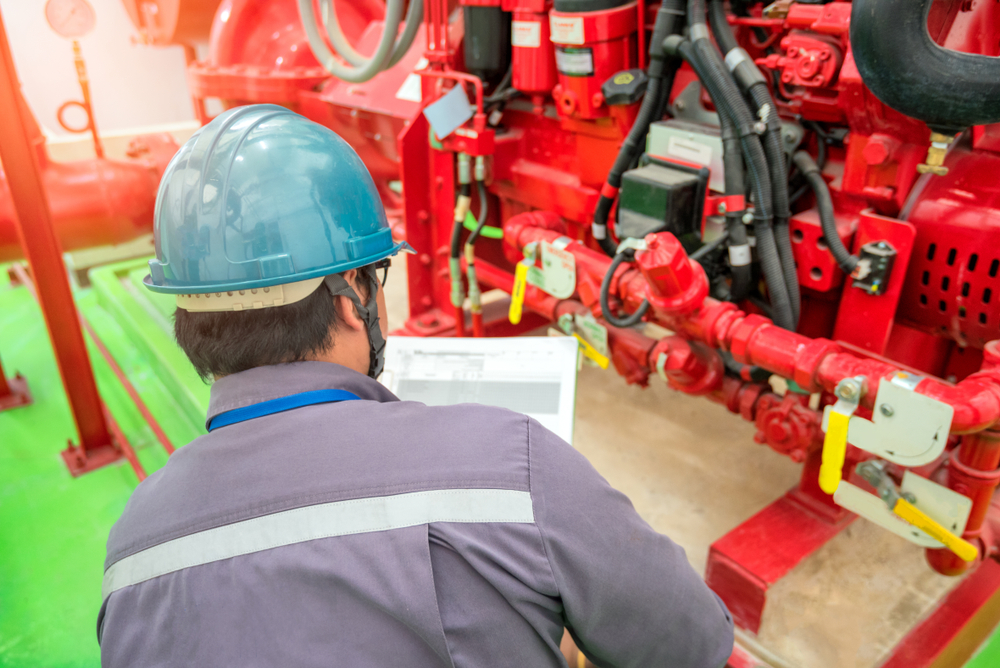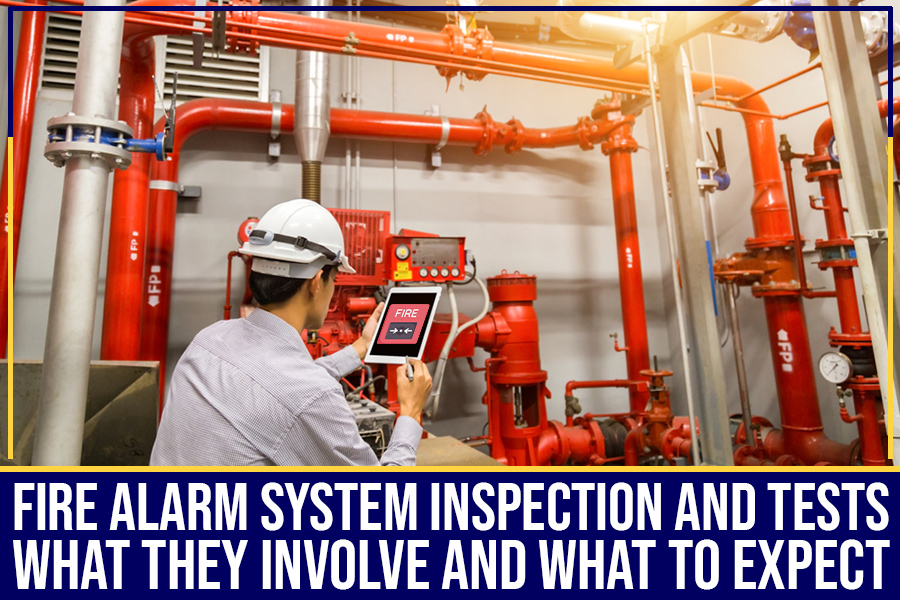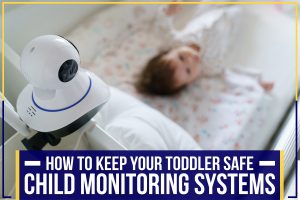Key takeaways:
- Fire alarm inspections involve testing and repairing system equipment and devices
- These devices must comply with NFPA 72, or the National Fire Alarm and Signaling Code
- They might take a few hours or a few days, depending on the system and building
- Your business alarm system must be inspected and tested at least once a year
NFPA 72, National Fire Alarm and Signaling Code defines fire alarm system inspections and test requirements. This blog post will walk you through what to expect during an inspection and what is involved in a test. Remember that these requirements may vary depending on your location, so consult with your local fire marshal to find specific guidelines.
What Are They For?
Before we dive into the procedures involved in these inspections and tests, let’s first talk about what they are for. NFPA 72 requires all fire alarm systems to be inspected and tested regularly to ensure they are in working order.
The frequency of these inspections and tests depends upon the type of system, as well as the occupancy of the building. For example, a system in a high-rise office building will need to be inspected and tested more often than a system in a single-family home.
These inspections and tests are vital because they help ensure the system will work properly in the event of a fire. They also allow for any problems with the system to be found and corrected before an emergency arises.
What Happens?
An inspection doesn’t begin with a team of technicians storming into your building. First and foremost, the fire alarm company must inform the local fire department of its intent to perform an inspection. Doing that will prevent any false fire alarms that might occur during the testing process.
After the fire department has been notified, a fire alarm technician will visit your building to assess the system. They’ll look at things like the age of the system, its location, and how many fire alarm devices are connected to it. Based on this information, the technician will develop a plan for the inspection.
Once the fire alarm inspection plan is in place, the technician will conduct a series of tests on the system. Some items tested include:
- Smoke and heat detectors
- Batteries
- Annunciators and zones
- Flow switches, the tamper switch, and low-pressure alarms
- Output relays and activations
- Supervised control valves and switches
The technicians will clean, repair, or replace fire alarm devices depending on the item. They’ll also check for potential hazards and note them in their reports. After the system inspection, the technician will provide a report detailing their findings and recommendations.
How Long Does it Take?
An inspection can take a few days for a large business with a fire alarm system with many devices. However, for most homes and small businesses, the fire alarm inspection shouldn’t take more than an hour.
One of the benefits of having a fire alarm system is that it can provide peace of mind in knowing that your property is protected. But to ensure your system is working correctly, it’s essential to have it inspected and tested regularly, which brings us to our next question.
How Often Should It Take Place?
NFPA 72 compliance fire alarm inspections should occur at least once a year. However, it’s not uncommon for systems to be inspected more frequently, especially in high-traffic areas or buildings requiring fire alarm systems by law.
In most cases, fire alarm inspections are conducted by the fire marshal or a fire safety inspector. However, suppose you have a large commercial property. In that case, you may need to hire a professional fire protection company to conduct the inspection.

What Should My Employees Know?
A primary purpose behind fire alarm inspections and tests is to ensure that your employees are safe during a fire. All employees should know how to evacuate the building during a fire and be familiar with the system.
In addition, it’s a good idea to have a fire drill at least once a year. This will help ensure that your employees know what to do in the event of a fire.
Your employees’ trust and confidence in the alarm system will increase when they see it regularly being inspected and tested. Your business’ image and reputation will also benefit.
What More Can I Do?
These inspections and tests are a significant part of fire safety, but they’re not the only things you need to do to keep your business safe. Here are some other fire safety tips:
- Appoint: One person should oversee fire safety. This person should be responsible for conducting fire drills, maintaining fire extinguishers, and overseeing the alarm system. Your employees should know who this person is and how to contact them.
- Create: A fire-risk assessment process should be implemented to help you identify fire hazards and put measures in place to mitigate the risks.
- Educate: Employees should be trained on fire safety procedures, including how to use fire extinguishers and evacuation routes.
- Designate: Fire marshals who stay in touch with your “responsible person” should be designated. They should know the fire alarm system and how to operate it.
- Display: Fire safety signage should be prominently displayed throughout your business. This includes fire exits, fire extinguishers, and fire alarm pull stations.
- Inform: Your employees should be aware of fire drill protocols. They should know when fire drills will occur and what to do during a fire. They should also understand that these are not excuses to skip work but crucial safety procedures.
- Mitigate: Good housekeeping rules like discarding waste properly, not storing materials in hallways, and keeping combustibles away from heat sources can help prevent fire.
- Ensure: There should be clear channels for reporting fire hazards. Employees should feel comfortable bringing up potential fire hazards without getting lost in twisty procedures or fearing reprisal.
For more on workplace fire safety, check out these tips from eSafety.
Conclusion
That was our guide to fire alarm inspection and tests. As you can see, they’re essential for protecting your workplace and employees. By being proactive and following fire safety best practices, you can help keep everyone safe in the event of a fire.
If you’d like to know more, check out our post on aspirating fire and smoke detection systems.
We at Archangel Alarm Services, LLC are proud to serve Tomball, TX, with fire alarm installation and security monitoring solutions.







